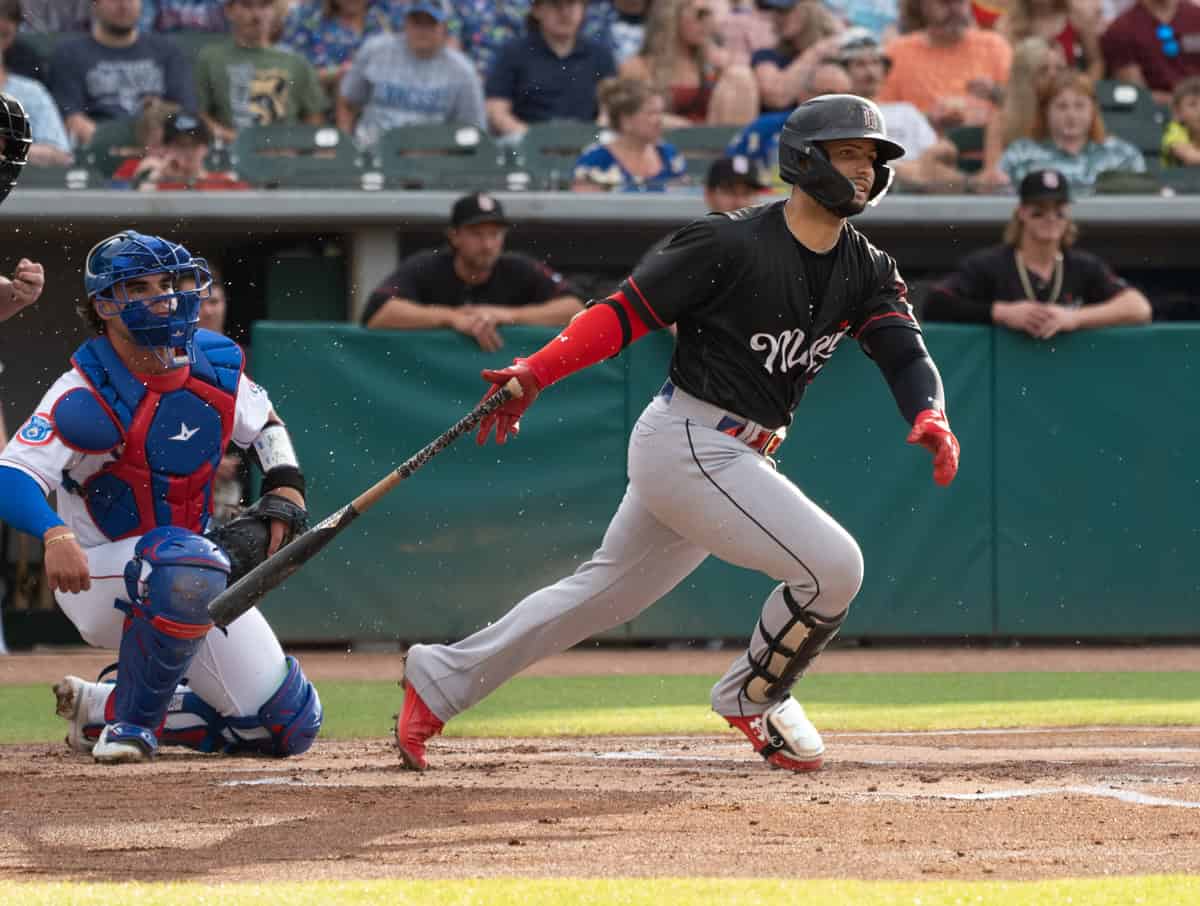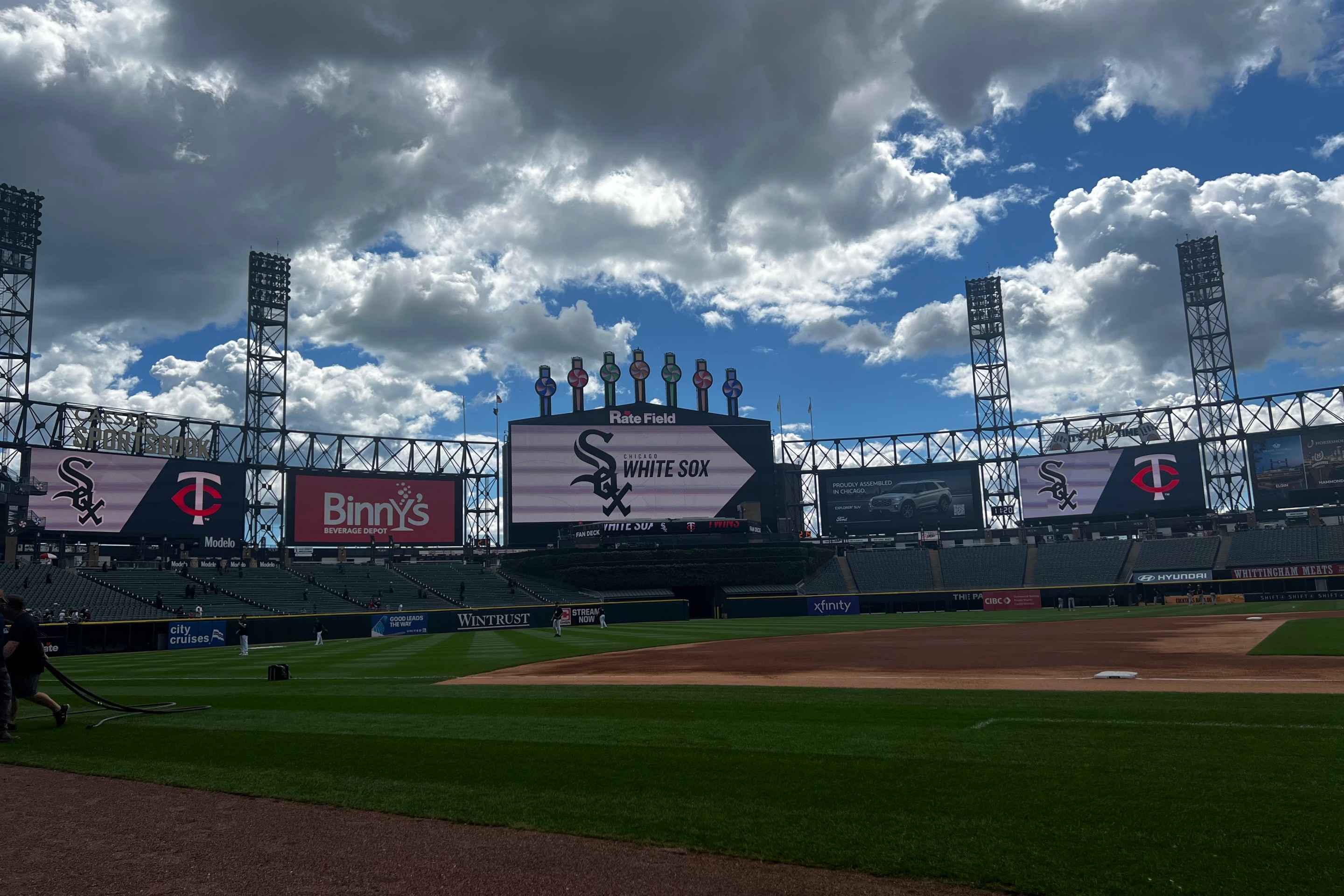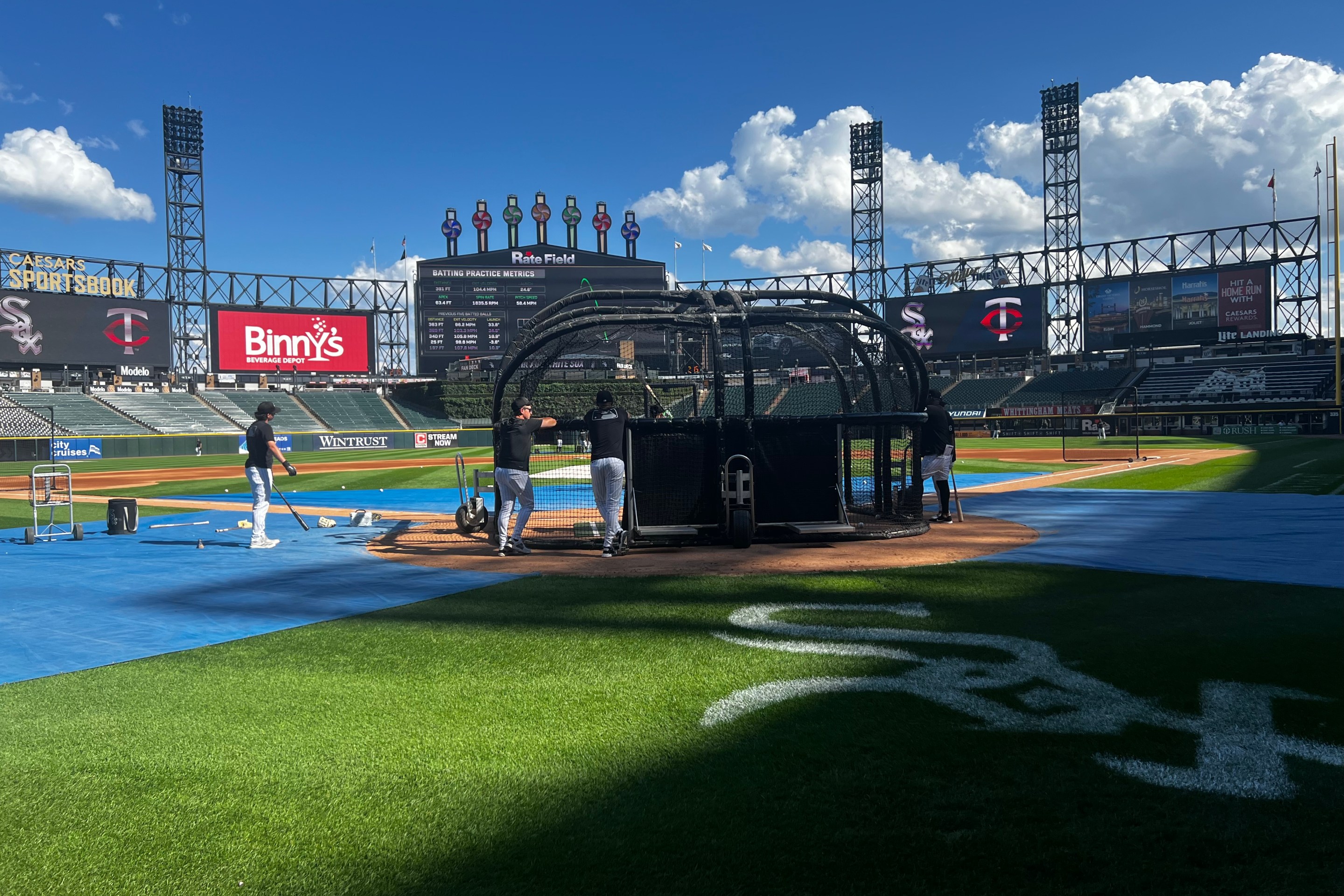Like most positions on the diamond in 2024, White Sox catching production could be well-described as accursed.
By wins above replacement, it was the worst unit in the sport by a significant margin per both Baseball Reference and FanGraphs, with the latter assessing Sox catching as more than two wins worse than the 29th place team, the Chicago Cubs.
A lot of this could be attributed to their lack of offense, which former manager Pedro Grifol often dismissed the importance of -- clearly as a means of taking heat off of veteran Martín Maldonado's anemic start at the plate -- but a collective hitting line of .173/.217/.291 was again, the worst offensive production any team in MLB from this defensive-minded position. But since Maldonado and Korey Lee also graded out as below-average framers and blockers by Statcast, it wasn't like there was a high defensive floor washed away by a flood of empty at-bats, either.
On a long-term basis, at the surface-level, this concern is countered by the presence of Edgar Quero. Securing a consensus top-100 prospect catcher who is major league-ready is the hardest part of transforming a position group, and the White Sox have already done it by preying on a desperate Angels club in July of 2023. Quero is not a virtuosic defender, but a committed one who seemed unfazed by playing on either side of Triple-A pitching (.295/.382/.463 in 26 games at Charlotte) despite the fact that he will not turn 22 until April.
Having credited much of his breakout 2024 campaign to shedding 17 pounds during his offseason conditioning, the still barrel-shaped Quero spoke as if the work wasn't done in late September.
"Same thing: Work on my body, trying to be ready for spring training, to be strong as much as I can," Quero said of his plan for the winter. "This offseason is going to be good for me too. I want to try to be strong and try to come back for spring training to make the team for sure."
Quero's body, specifically a sore back, got in the way of simply making the roster at the end of the year. He barely returned in time for the last three games of the Triple-A season, was limited to the major league taxi squad for the final week, and wound up playing a shorter campaign than the one he physically wore down near the end of in 2023.
Team officials speak about Quero's readiness to crack the majors on opening day with a measure of uncertainty. And while the Prospect Promotion Incentive (PPI) provides a reason to put Quero on the 2025 roster right away if the Sox think he can hit the ground sprinting, Triple-A provides a way to control his workload while also hoarding his service time. One thing this front office has yet to do is lock up any young pieces to a contract extension to grab extra years of control, and the team revenue situation figures to keep these sorts of service time concerns pretty central.
Another factor is if the Sox bring in a veteran stopgap to head up the position, they could easily become a needed backup behind Quero whenever he arrives. Giving prolonged run to Korey Lee was the best use of the game reps the 2024 season had to offer, but his across-the-board struggles leave him with plenty to prove about the role he can fill going forward.
At the end of May 15, Lee was hitting .309/.341/.494. He was obviously out over his skis to some degree, but with the White Sox offense desperate for runs, Lee was hot enough that people like me were pestering Grifol about whether it made sense for him to play some DH, if taking over starting duties from Maldonado was out of the question. Lee did eventually wind up assuming starter duties, and hit .182/.207/.317 for the rest of the season. Grifol was concerned that tacking on everyday duties to a player who was still learning the intricacies of running a major league game, and by season's end his concerns here seemed warranted.
Lee can get to his admirable raw power too reliably and runs the bases too well when he reaches to be overlooked by opposing pitchers, but with the scrutiny that came as an everyday player, they found ways to solve him. Out of the 241 hitters in MLB who received over 350 plate appearances last season, Lee had one of the 30 highest chase rates and one of the 10 lowest in-zone contact rates; a dastardly combination that had swinging and missing more often than any player not named José Siri, and rarely walking.
"If you adapt in this game, it will still treat you right," Lee said. "I do my homework everyday on these guys, and I put myself in the other catcher's perspective. They're doing the same amount of homework that I've been doing and they watch as much film as I do, so it's a game I like to play and as a catcher I know the background that goes on behind it."
But with few players hitting well enough for Lee's struggles to warrant extra scrutiny, the biggest questions lay elsewhere. Lee has a cannon for an arm and streamlined his transfer enough to post the best average pop time in the American League; a useful tool for a Sox team has struggled to control the running game for years. Yet both Statcast and Baseball Prospectus graded out Lee's framing and block as near or at the bottom of the league, and by season's end the coaching staff was still not sold on Lee's game planning and pitch calling as a finished product.
A reduced workload on the 26-year-old could see him more gracefully mature into a mistake hitter who controls the running game, but a remaining minor league option year means the Sox aren't compelled to have that process play out exclusively in Chicago. Still, being bearish on Lee's performance cast a light on how little depth there is at the positionally organization-wide behind Quero.
Chuckie Robinson was the only average-or-better blocker and framer who set up behind the plate for the White Sox this past season, but hit worse than Maldonado in a limited sample, and also has minor league options if the Sox want to keep him on the 40-man roster. Adam Hackenberg's strikeout rate exploded in Triple-A to the degree that the defensive favorite finished the year in Birmingham. Michael Turner is well-liked, but at 26 and coming off his own down offensive year at Double-A, third catcher already feels like a reasonable ceiling. Ronny Hernandez deserves recognition for holding his own in Kannapolis, but as a 19-year-old, that recognition doesn't need to come in a piece about major league depth.
Expecting a team with designs on cutting payroll and Quero already in-house to exert a ton of effort on securing a veteran catcher would be fatuous, but the lack of depth explains why the White Sox have not been opposed to considering other catching prospects in trade talks. Between Jacob Stallings, Andrew Knizner, Austin Hedges, James McCann, Reese McGuire, and even old friend Seby Zavala, the market is not light on lower-cost options that would offer game management experience in lieu of any promises of offensive production.
After a season of not getting great help in either category, the White Sox would do well to fortify the Quero-shaped wall between the present and the catching production they received in 2024.





